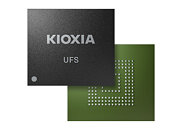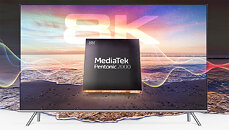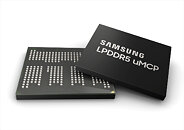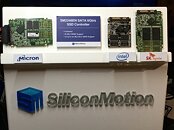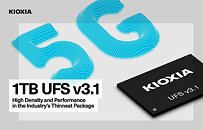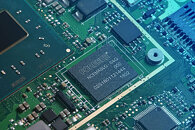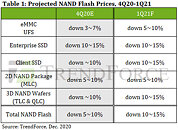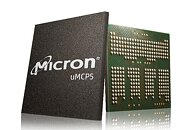
YMTC Introduces X3-9070 3D NAND Flash Powered by Innovative Xtacking 3.0 Architecture
YMTC today at the Flash Memory Summit (FMS) 2022 unveiled its X3-9070 TLC 3D NAND flash powered by Xtacking 3.0 architecture. Since its debut show at FMS 2018, YMTC's Xtacking technology has become a hallmark of the company's vision for innovation, and the approach to hybrid bonding has been widely recognized as one of the key enablers of the industry's future growth. Built out to be a common growth platform that drives value and innovation in the semiconductor ecosystem, YMTC's Xtacking 3.0 architecture opens up a world of opportunities for diversified applications in 5G, AloT, and beyond.
From 1.0 to 3.0, YMTC's Xtacking technology, a heterogeneous 3D integration architecture, has established a proven track record of success, as evidenced by a diverse portfolio of Xtacking NAND-based system solutions, including SATA III, PCIe Gen3 & Gen4 SSDs, as well as eMMC & UFS for mobile and embedded applications, garnering recognition from leading OEMs.
From 1.0 to 3.0, YMTC's Xtacking technology, a heterogeneous 3D integration architecture, has established a proven track record of success, as evidenced by a diverse portfolio of Xtacking NAND-based system solutions, including SATA III, PCIe Gen3 & Gen4 SSDs, as well as eMMC & UFS for mobile and embedded applications, garnering recognition from leading OEMs.
















